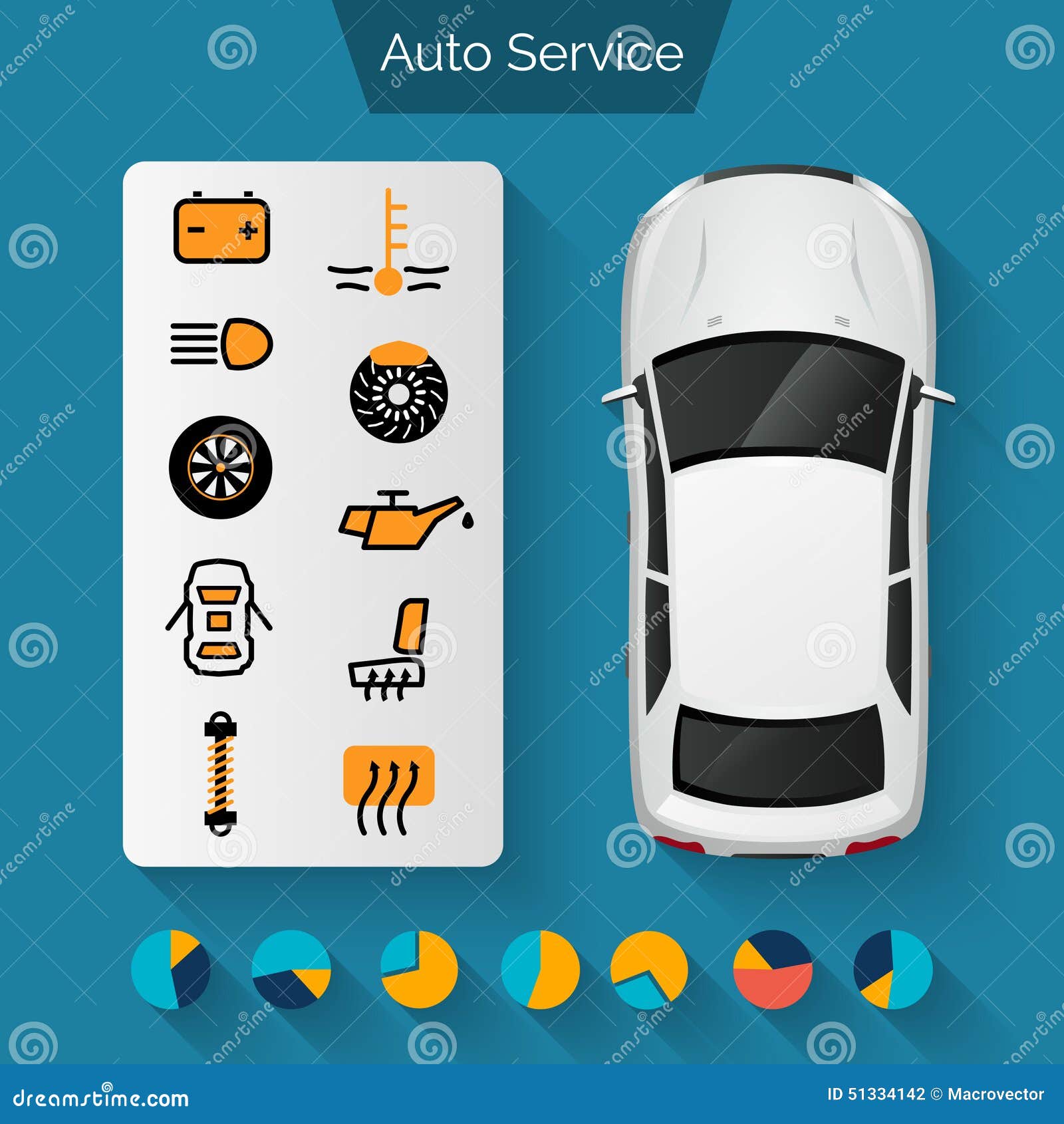Examining Your Auto'S Warning Indicators: What They Really Communicate
Examining Your Auto'S Warning Indicators: What They Really Communicate
Blog Article
Post Written By- https://www.businesswire.com/news/home/20220224005647/en/Global-Automotive-Repair-and-Maintenance-Services-Market-to-2026---Featuring-Ashland-Automotive-copyright-International-and-Bridgestone-Among-Others---ResearchAndMarkets.com
When you lag the wheel, those beautiful warning lights on your dashboard can be a little bit difficult. Do you understand what they're trying to inform you regarding your car's health and wellness? Comprehending the importance of these lights is essential for your safety and security and the longevity of your vehicle. So, cargroomingbotany of those lights turns up, wouldn't you want to analyze its message properly and take the essential actions to resolve it?
Common Caution Lights and Interpretations
Recognize typical caution lights in your car and recognize their definitions to make certain safe driving.
One of the most common warning lights consist of the check engine light, which indicates issues with the engine or emissions system. If this light comes on, it's vital to have your car examined immediately.
The oil pressure alerting light shows low oil stress, needing prompt focus to prevent engine damages.
A blinking battery light may recommend a damaged billing system, possibly leaving you stranded if not attended to.
The tire pressure tracking system (TPMS) light alerts you to low tire pressure, affecting vehicle security and gas performance. Ignoring this could lead to risky driving problems.
The abdominal muscle light suggests a trouble with the anti-lock braking system, jeopardizing your capability to stop promptly in emergencies.
Finally, the coolant temperature level cautioning light warns of engine getting too hot, which can result in extreme damages otherwise dealt with quickly.
Recognizing these usual caution lights will help you deal with issues immediately and keep safe driving problems.
Importance of Prompt Interest
Comprehending the common caution lights in your car is just the initial step; the importance of promptly addressing these cautions can not be stressed sufficient to ensure your safety when traveling.
When a caution light brightens on your control panel, it's your auto's method of connecting a potential problem that requires focus. Disregarding these warnings can cause much more serious problems later on, jeopardizing your security and possibly costing you more out of commission.
Prompt focus to warning lights can protect against failures and crashes. For instance, a blinking check engine light might indicate a misfire that, if left unattended, could cause damages to the catalytic converter. Resolving this without delay can save you from a costly repair work.
Likewise, a brake system warning light could indicate low brake liquid or used brake pads, important parts for your safety when driving.
Do It Yourself Troubleshooting Tips
If you see a caution light on your dashboard, there are a couple of do it yourself fixing ideas you can attempt before seeking expert aid.
The primary step is to consult your cars and truck's handbook to comprehend what the certain warning light shows. Occasionally the problem can be as simple as a loosened gas cap setting off the check engine light. Tightening up the gas cap might fix the problem.
Another typical problem is a low battery, which can cause various warning lights. Examining the battery links for corrosion and ensuring they're safe and secure might repair the issue.
If a caution light lingers, you can try resetting it by separating the automobile's battery for a couple of mins and after that reconnecting it. Additionally, checking your automobile's liquid degrees, such as oil, coolant, and brake liquid, can assist troubleshoot alerting lights connected to these systems.
Final thought
Finally, comprehending your automobile's caution lights is crucial for keeping your automobile running smoothly and safely. By quickly addressing these informs and knowing what they indicate, you can prevent costly repairs and possible breakdowns.
Keep in mind to consult your cars and truck's handbook for specific information on each alerting light and take action as necessary to make certain a trouble-free driving experience.
Remain educated, stay risk-free when driving!
